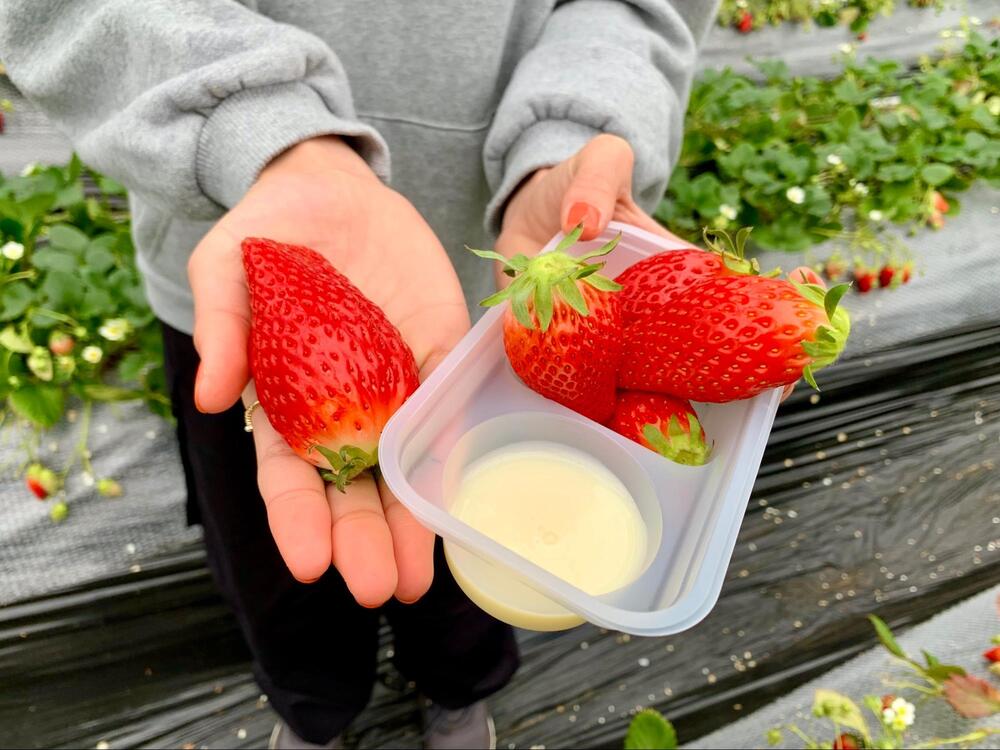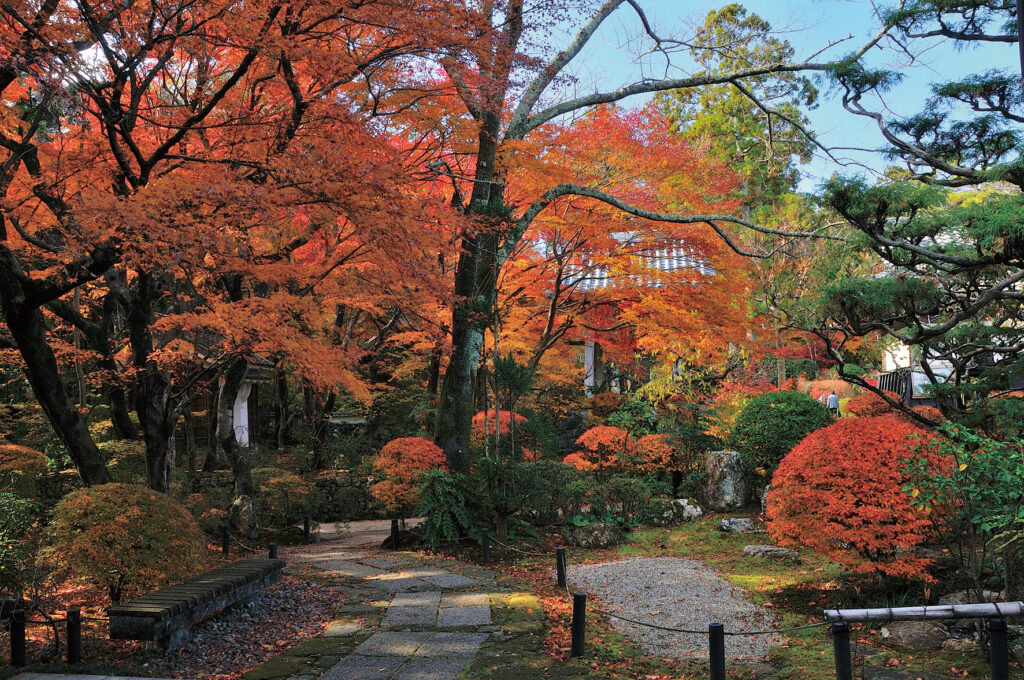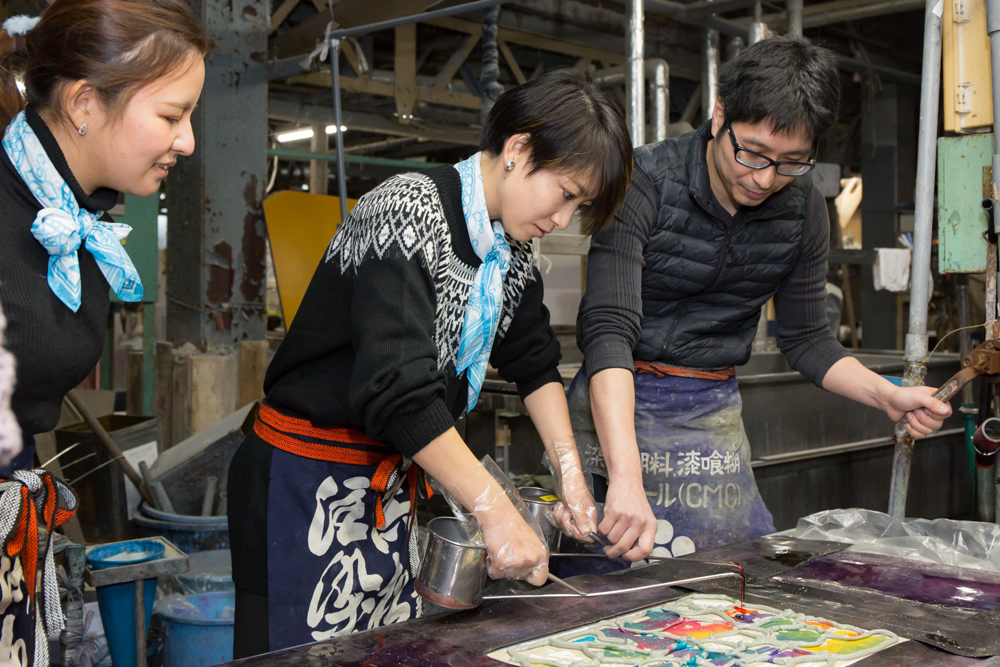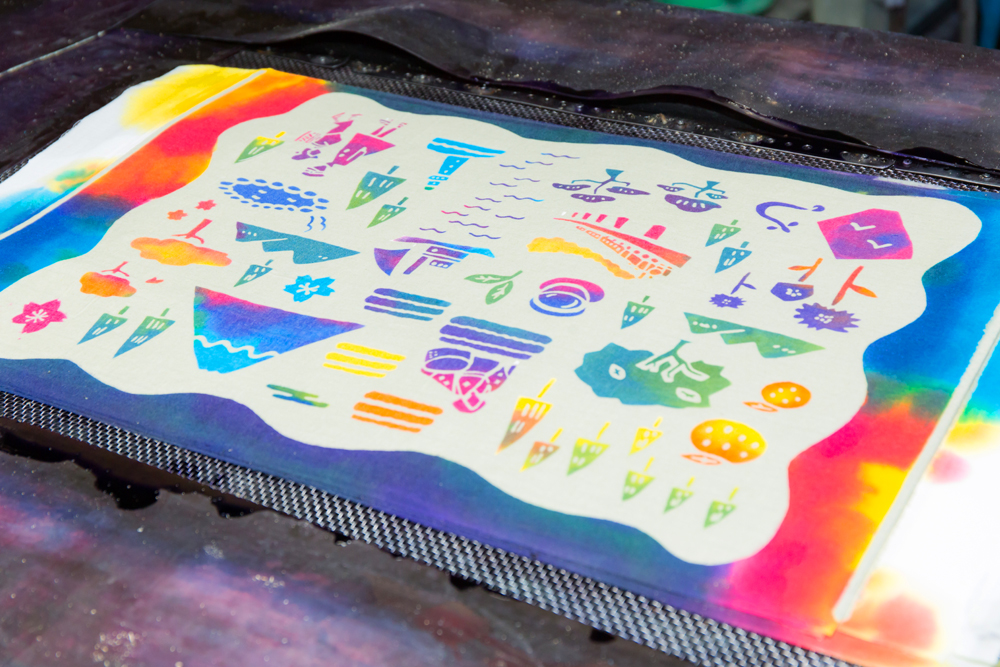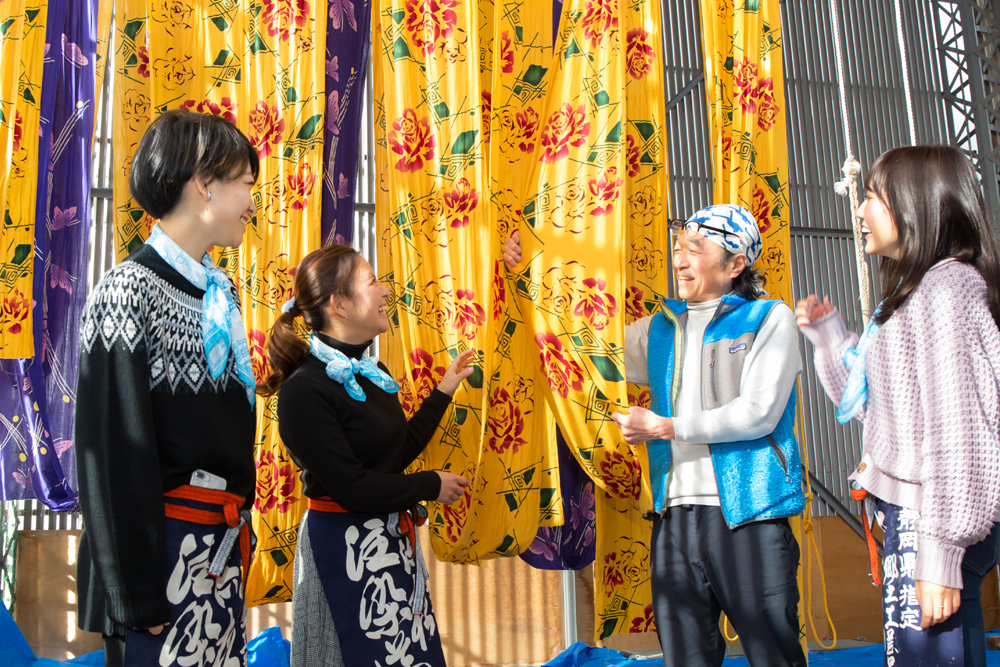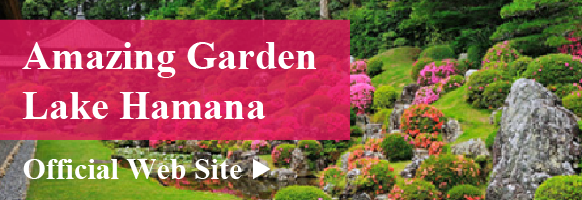Get to Know Hamamatsu
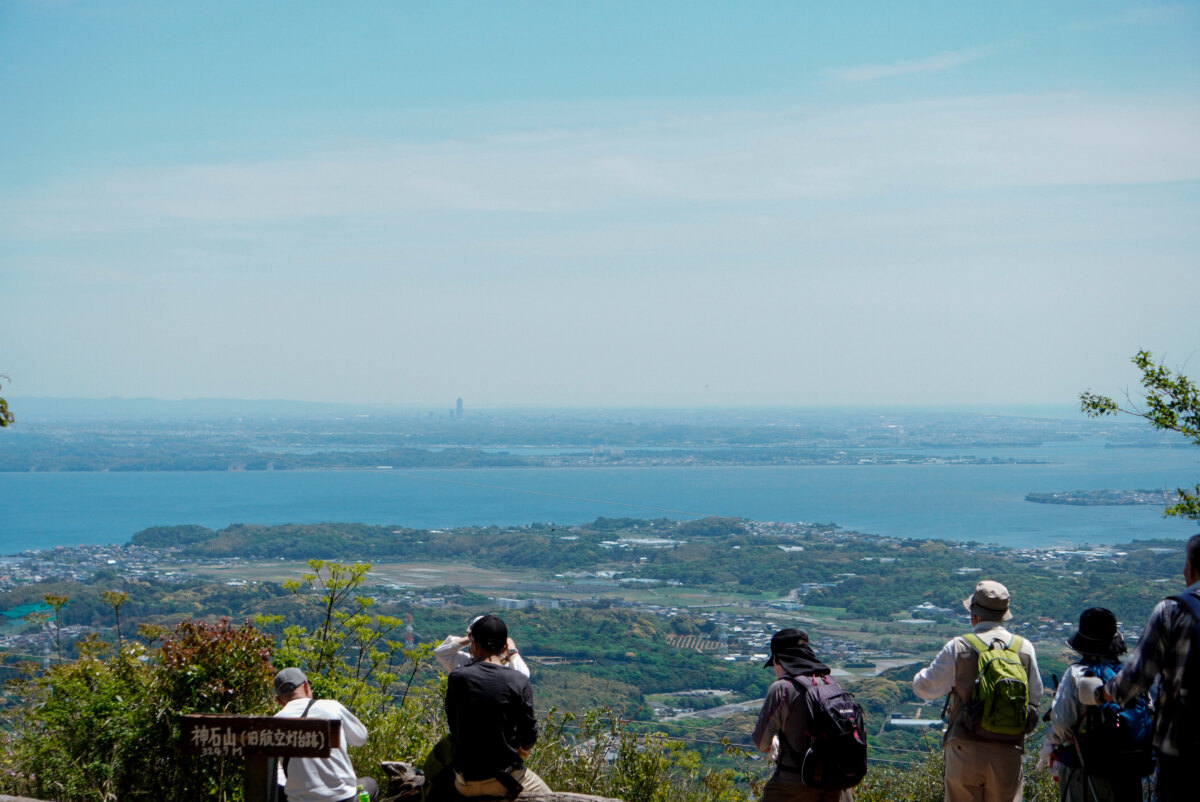
- Watch
[Kosai Mountain Range welcomes fresh greenery] Climbing to enjoy the greenery of the mountains!
In April, the Kosai Mountain Range is full of fresh greenery and the trees are starting to change color.
This time, I would like to introduce the Kosai Mountain Range, which is popular with a wide range of climbers from beginners to advanced climbers!
What is the Kosai Mountain Range?
The Kosai Mountain Range, located on the west coast of Lake Hamana, is a mountainous area well known in Kosai City.
It is a series of mountains that spreads from north to south, and one of its characteristics is its low mountain range.
It is an attractive spot where the richness of nature and historical value are in harmony, making it a popular destination for locals and tourists.
Let’s go mountain climbing!
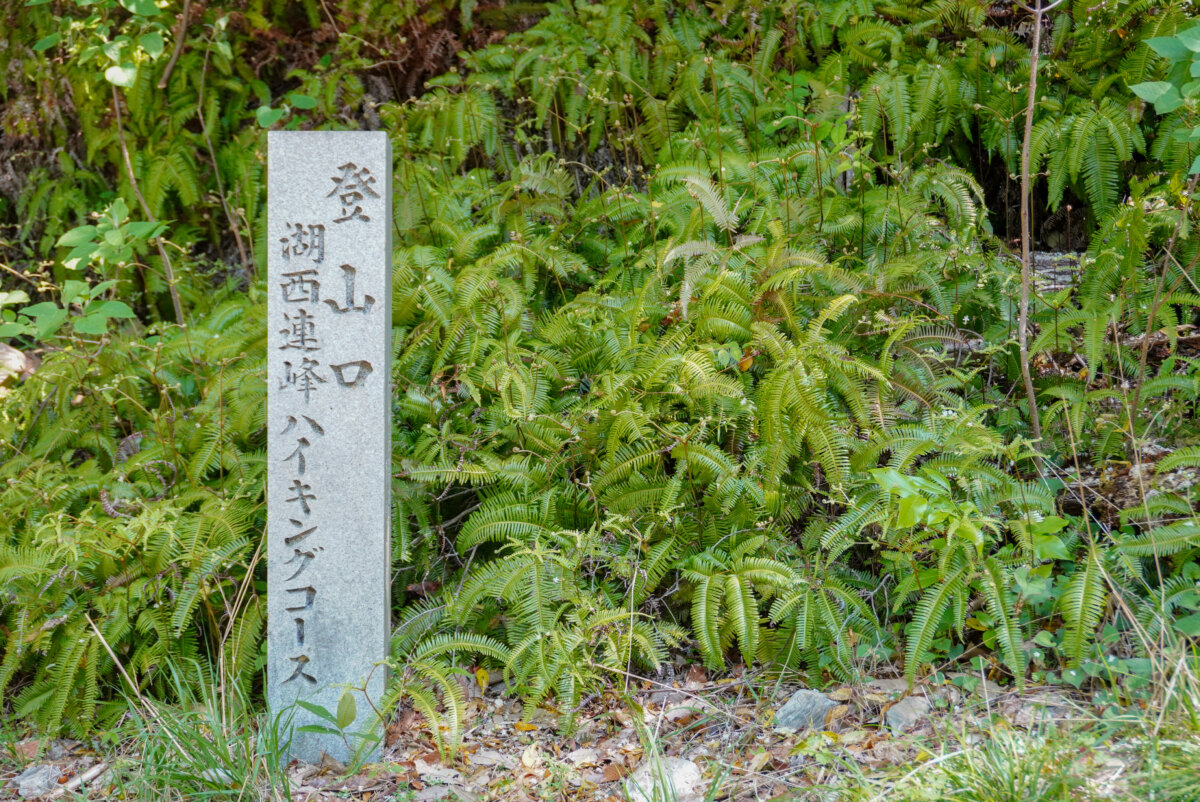
About a year ago, I experienced mountain climbing in the Kosai Mountain Range several times.
This time we climbed the mountain (April 25th), and in contrast to the rain forecast the day before, we were blessed with clear skies.
We decided to climb in the heat of the sun. lol
However, we were able to fully enjoy the beauty of nature and the mountain scenery while being swayed by the wind.
The starting point is Umeda Shinsui Park!
Drive to Umeda Shinsui Park and start climbing from there!
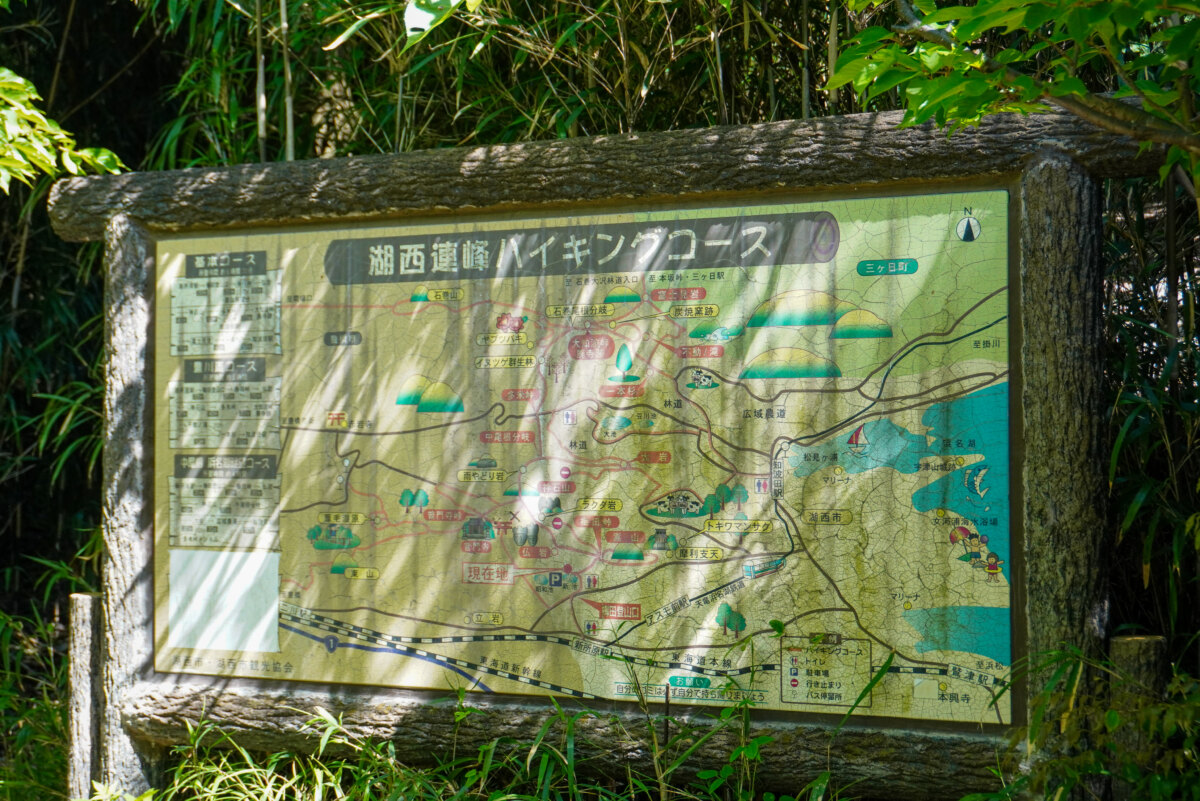
This time we started our climb from Umeda Shinsui Park, but there are multiple starting points, and there are two in Kosai City.
Another starting point is Ochiba’s Foster Water Park.
Having multiple starting points for mountain climbing will make the adventure even more appealing!
The climbing courses from each starting point allow you to enjoy the breath of nature and scenery from different angles, and new discoveries and excitement await.
[About Umeda Water Park]
Umeda Shinsui Park is a park where you can enjoy nature and the waterside even though it is located in the city, and is a place where you can go for walks, jogging, and boating.
Surrounded by commercial facilities and residential areas, it is a popular place for citizens to relax.
・address : 160 Umeda, Kosai City, Shizuoka Prefecture 431-0425
[About Ochiba Foster Parent Water Park]
As the name suggests, Ochiba’s Foster Water Park is characterized by its waterfront.
This park is a great place for residents and tourists to relax and enjoy recreation.
You can enjoy a spacious lawn area, playground equipment, a promenade suitable for walking or jogging, and a picnic by the water.
・address : Ochiha, Kosai City, Shizuoka Prefecture 431-0403
What is the true identity of the statue placed on the mountain trail?
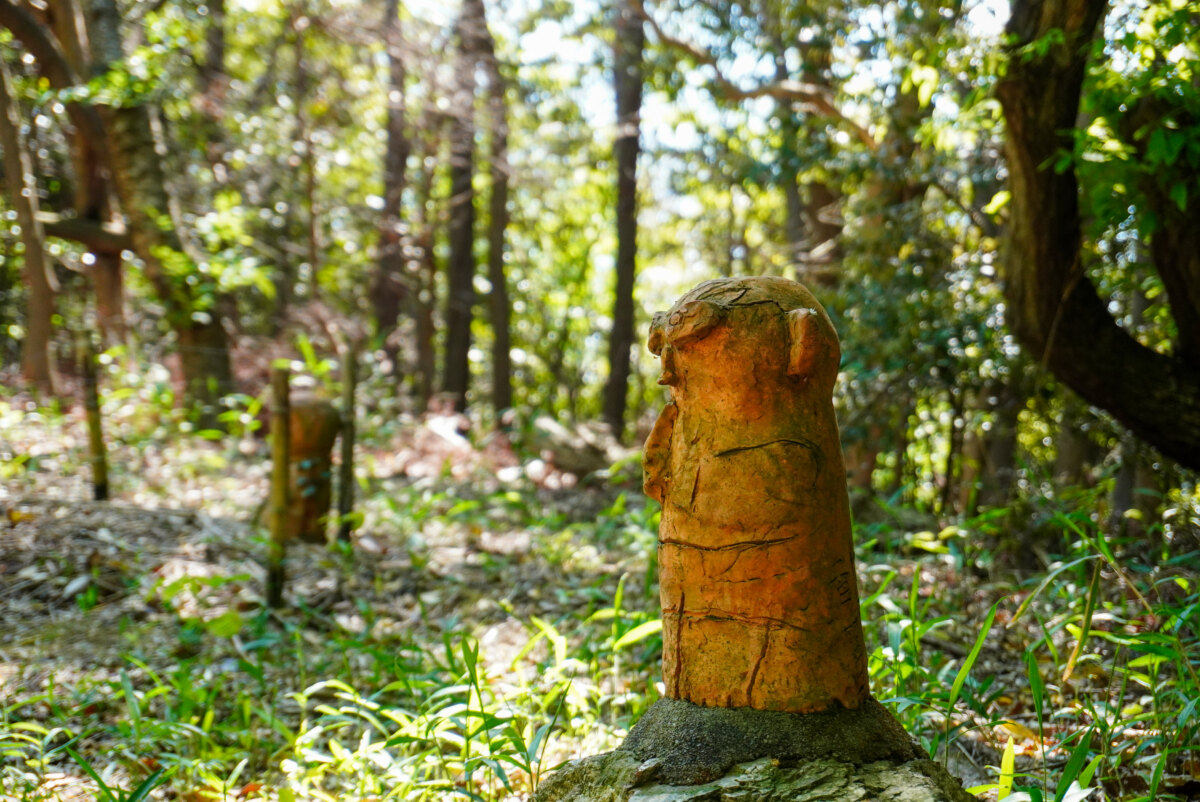
As we started climbing the mountain, a cute statue appeared on the trail.
If you look closely, you can see that it is placed far down the road.
This statue is called “Ara Tamaki Statue”.
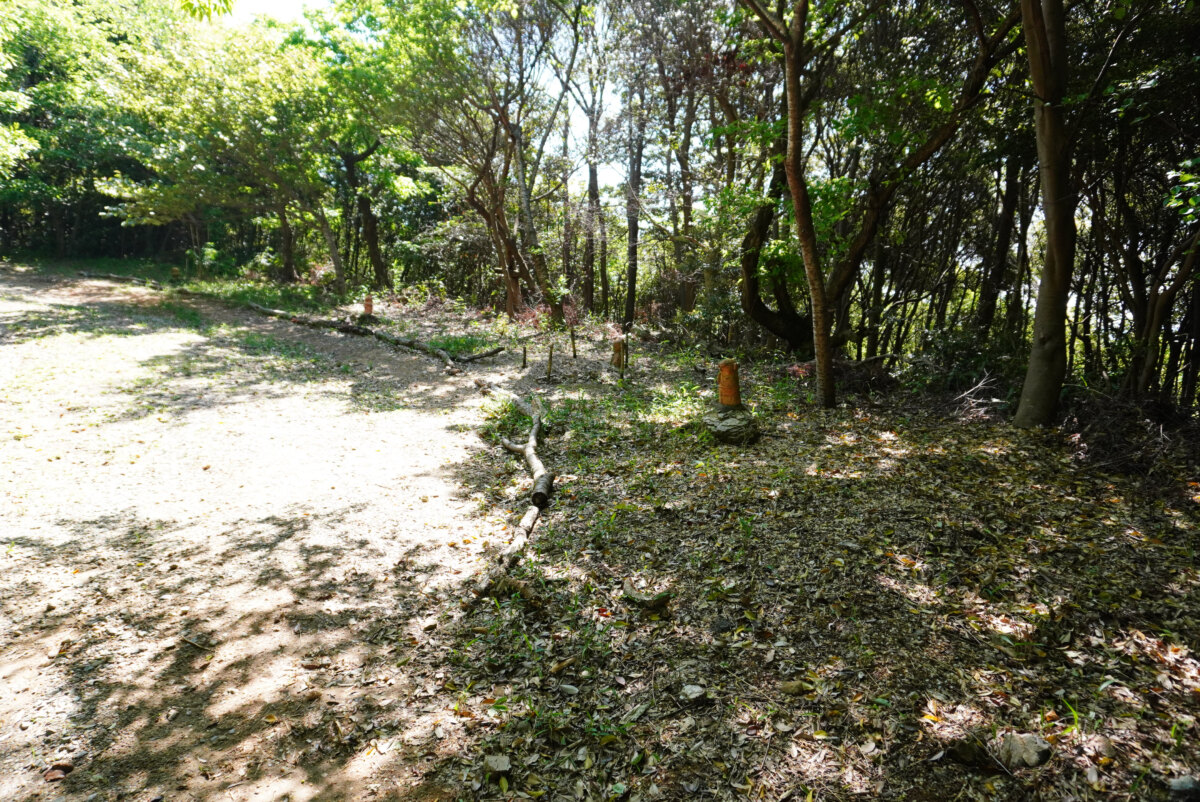
This is a cute looking statue that will make you want to laugh. lol
One of their unique features is that they all have different faces!
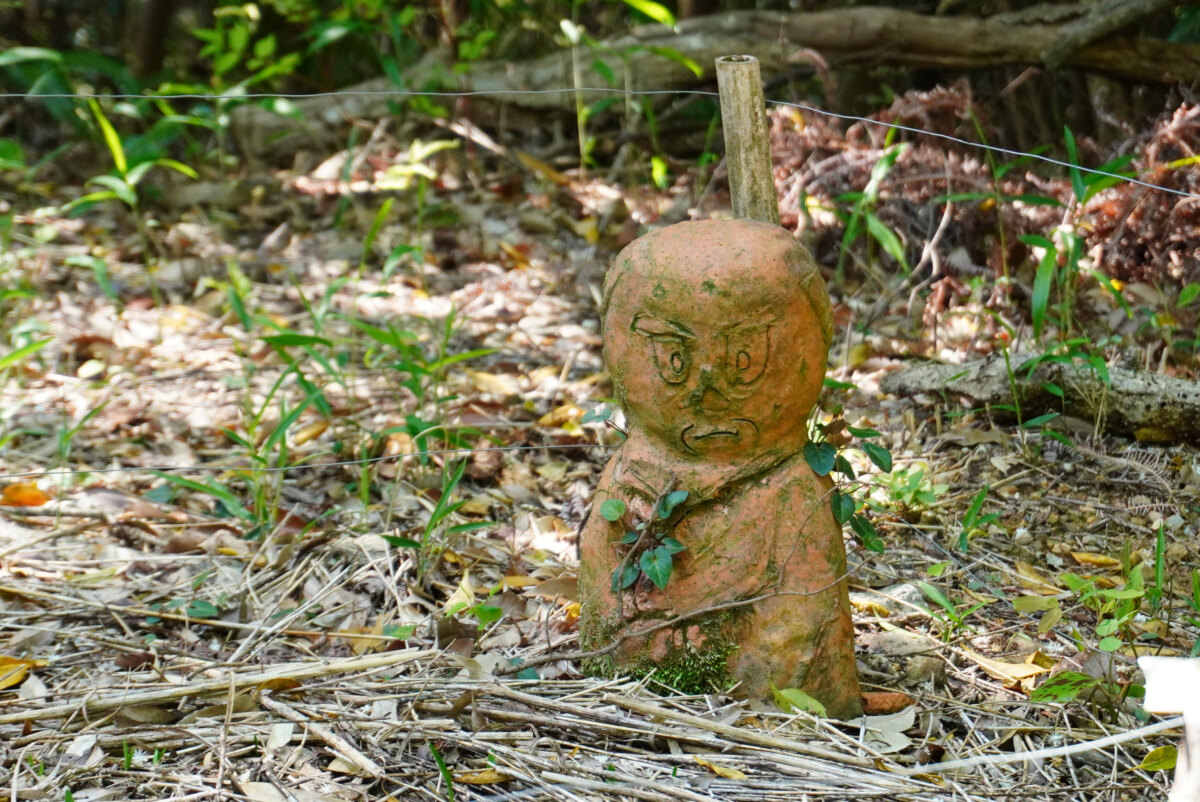
In fact, the “Ara Tamaki Statue” was created by local children in hopes of reducing the amount of garbage littered on mountain trails to zero.
In honor of zero garbage, 530 (zero garbage) “Ara Ring Statues” were created and installed. It will make you forget the fatigue of mountain climbing.
Choose a course that you can enjoy every time
In the Kosai Mountain Range, you often see trail signs along the way.
The road basically connects to Mt. Kamiishi, but there are multiple routes up to that point, and some connect to neighboring Toyohashi City.
It looks like it will take some time to conquer all the courses!
This time, my goal is a rain shelter rock (I’ll make it a key point and turn around), which I haven’t reached yet.
Is it common for climbers?
This is a story that all mountaineers can probably relate to : the people you meet on the mountain greet you every time you pass them, and sometimes they even try to talk to you.
This time, a mountaineer told me about an unknown spot. The name of the place is “Paradise.”
I can’t stop getting excited just by hearing the name! I’ll tell you what kind of place it is later…
Climbing creates many connections with people like this, which makes my heart feel warm. Perhaps one of the charms of mountain climbing is being able to feel the warmth of the people in the mountains! That alone is exciting!

As I continue along the road, I’m excited to see what kind of scenery awaits me ◎
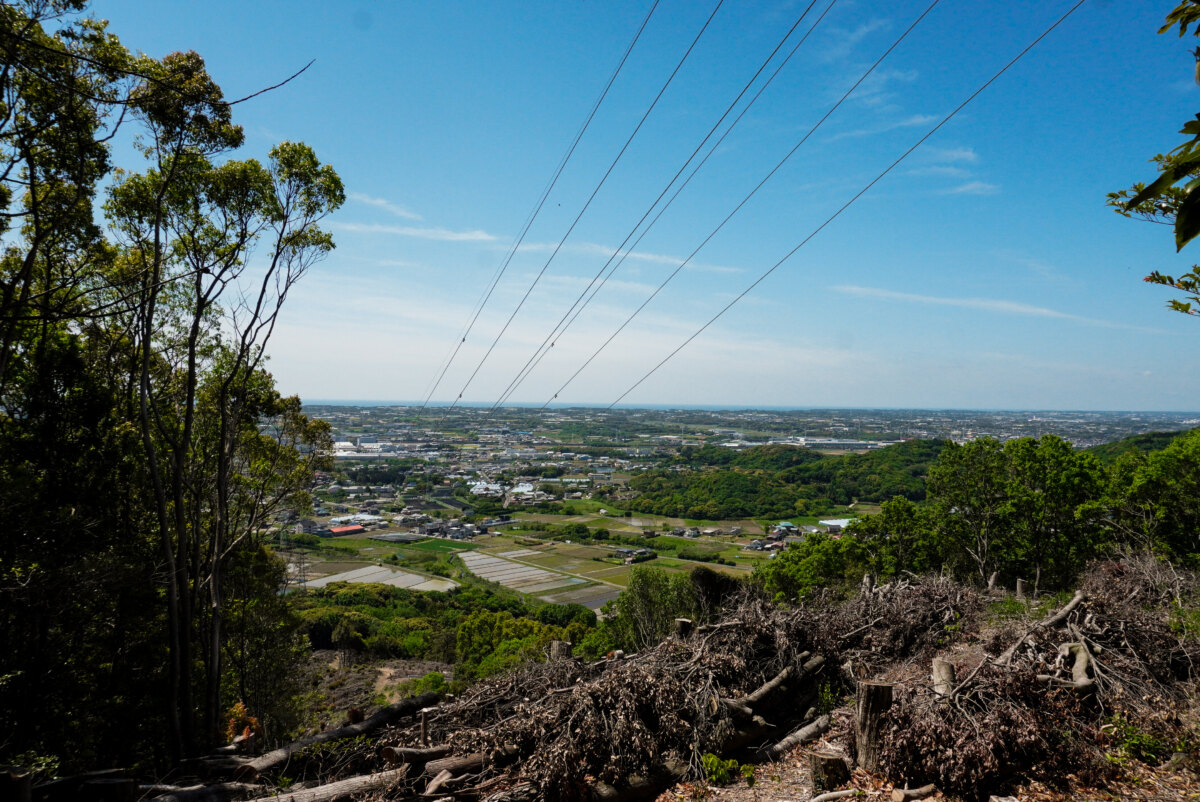
What you can see ahead is not the view of Lake Hamana, but the cityscape of Toyohashi City!
The view of the city from the mountain is tranquil and beautiful.
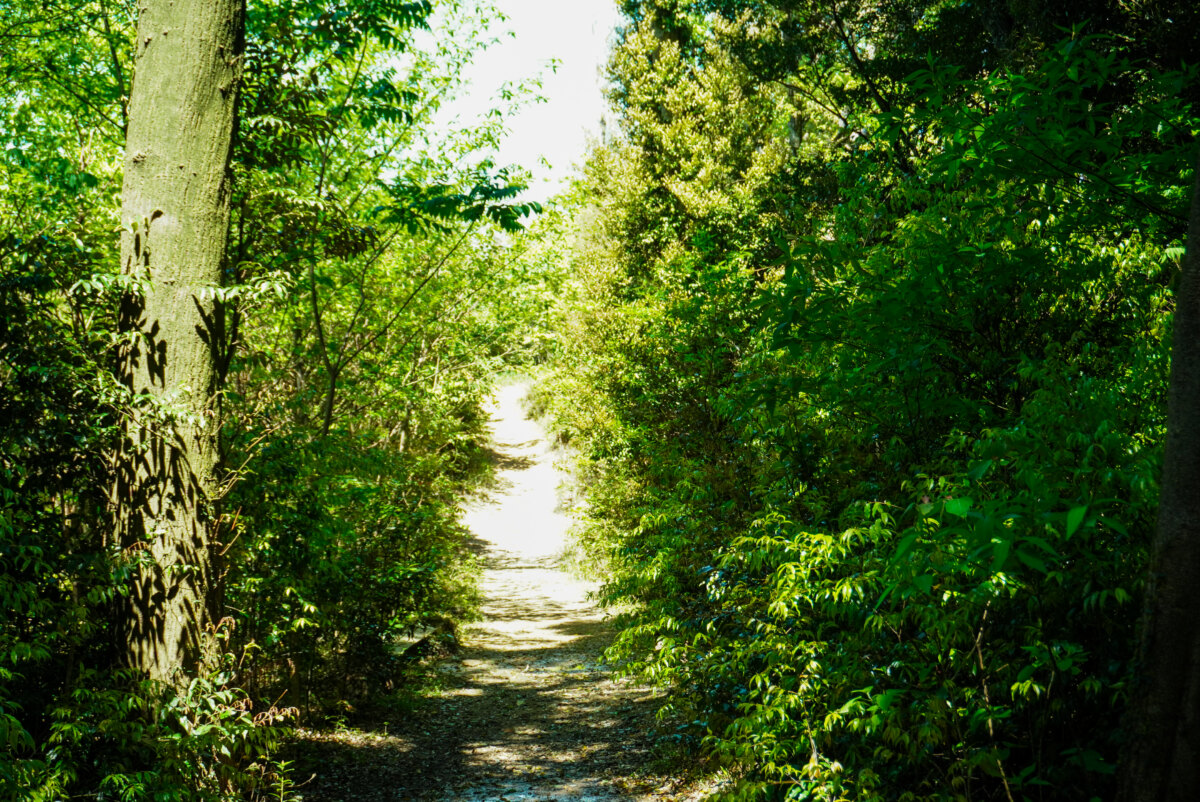
The mountain trail gradually changes from gentle to steep. Inspired by the sight of seasoned climbers progressing smoothly, I climbed along with their momentum!
During the challenge, a beautiful view of Lake Hamana suddenly appeared in front of me. The real thrill of mountain climbing is being able to see views like this.
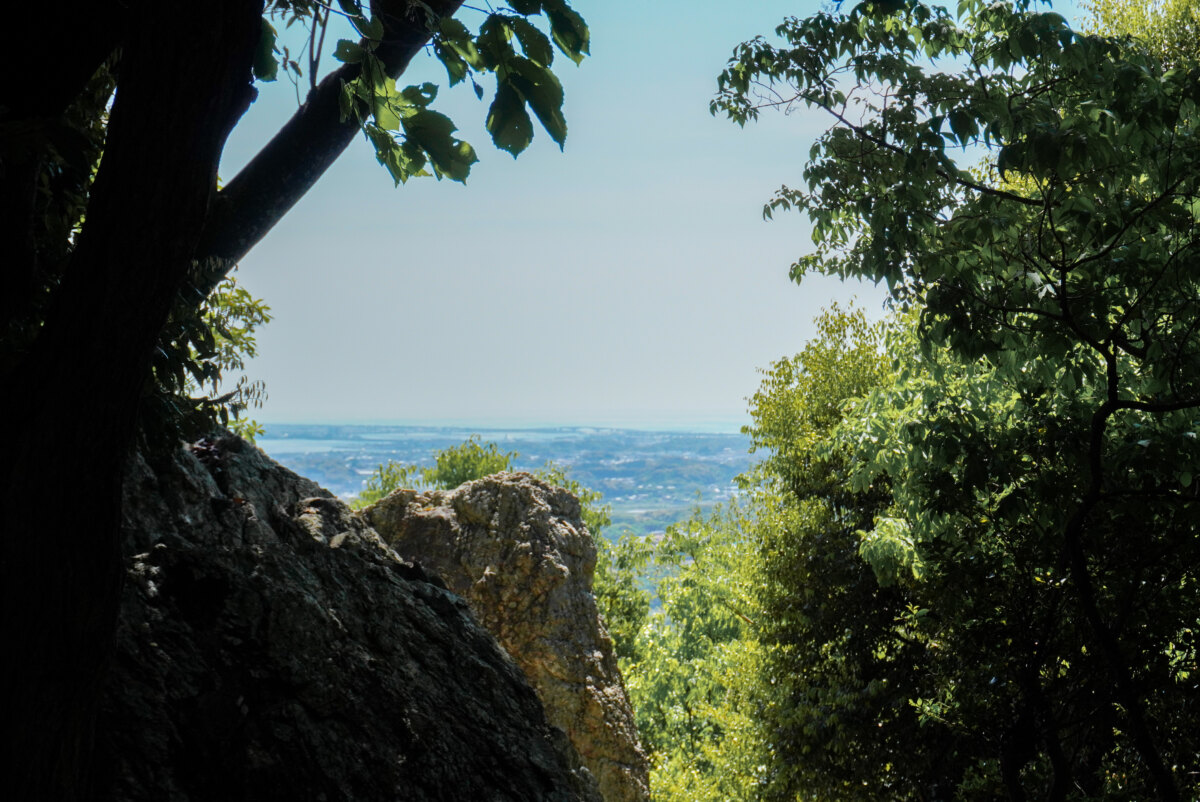
When the air is clear, you can see Mt. Fuji, although it is faint.
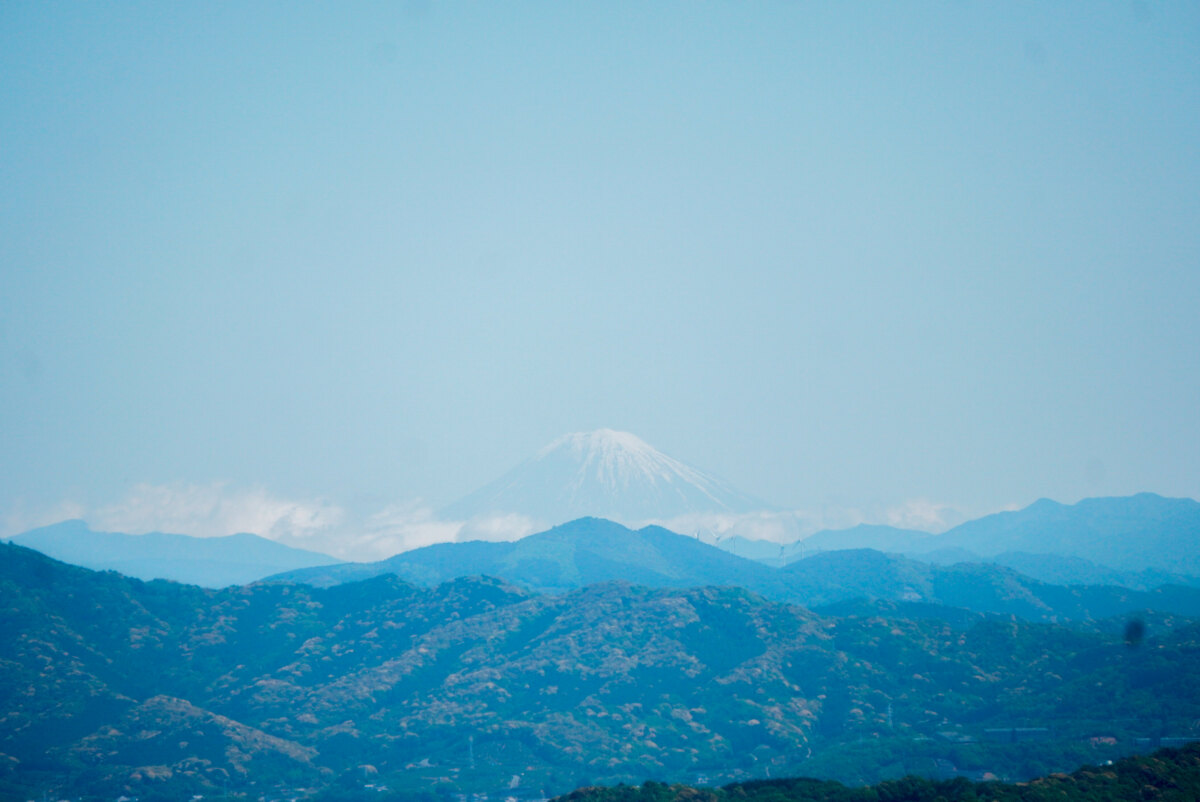
1 hour of climbing. We finally arrived at the main peak of the Kosai Mountain Range, Mt. Kamiishi!
Whenever I look at this view, I feel calm.
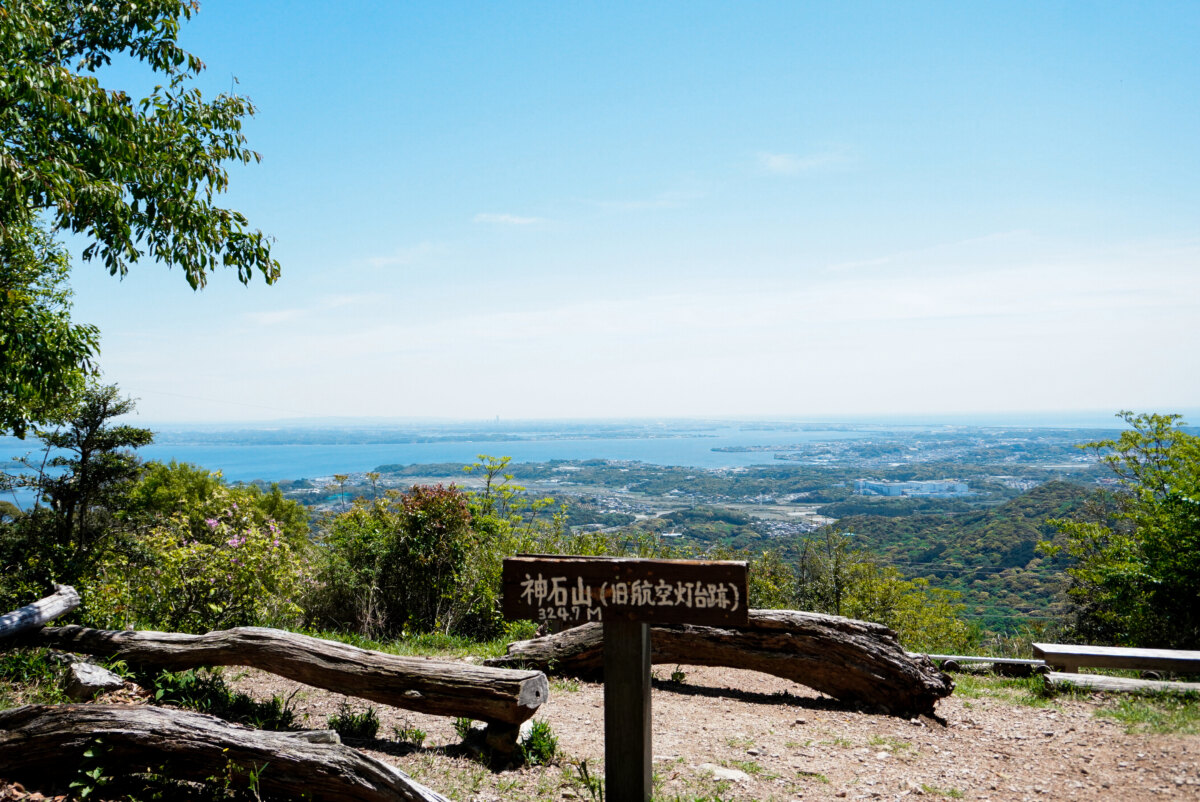
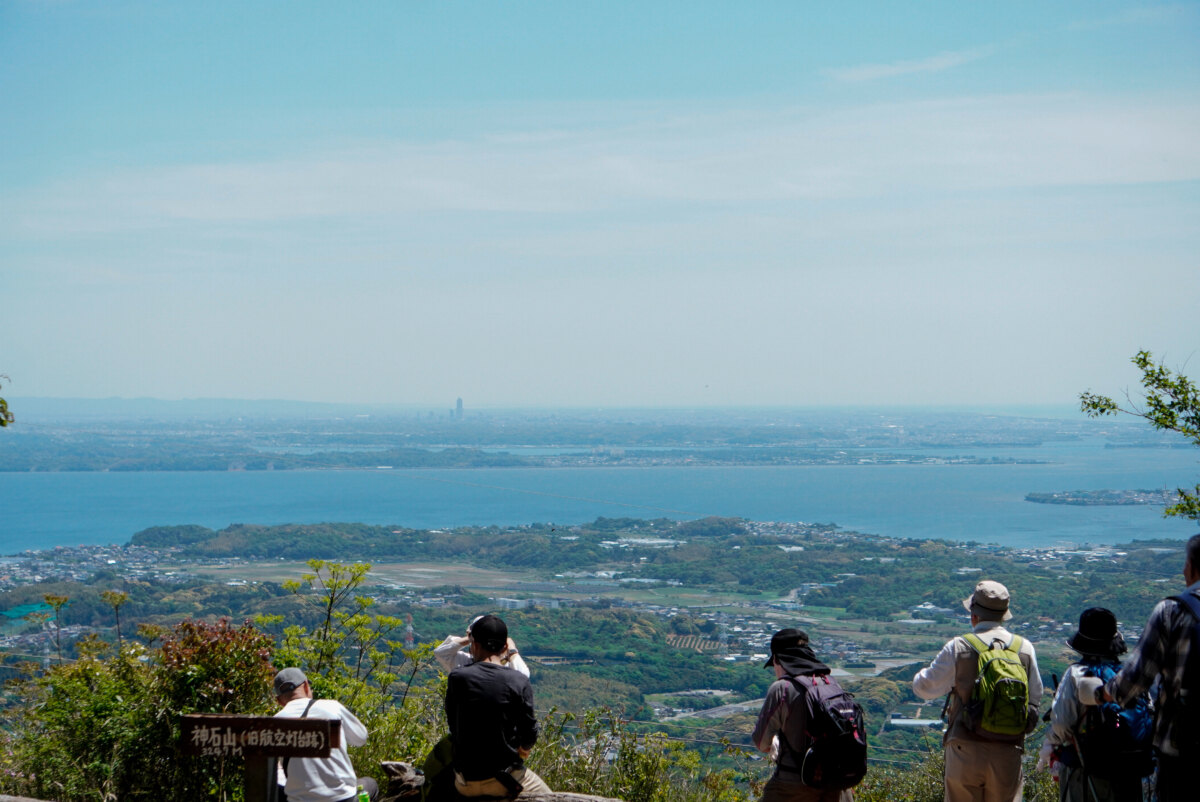
The altitude of Mt. Kamiishi is 324m.
Almost the height of Tokyo Tower! (333m)
Although it is one of the lowest mountains in Japan, from the top you can see Kosai City, Lake Hamana, and the Enshu Sea.
In the distance, you can also see Hamamatsu City’s Act City, Hamana Ohashi Bridge, and Shin-Seto Bridge.
History of Mt. Kamiishi
It is said that an aviation lighthouse was once installed at the top of Mt. Kamiishi! The period is from 1946 to 1969.
Currently, there is a sign on the dead tree at the top of Mt. Kamiishi that reads “Mt. Kamiishi (former aviation lighthouse site),” indicating that there was a lighthouse here.
*What is an aviation lighthouse?
A lighthouse installed to mark the route and ensure safety when aircraft fly at night or during instrument meteorological conditions.
Usually we turn back at Mt. Kamiishi, but this time we will continue onward, aiming for the “Ameshelter Rock” and the “Paradise” beyond that!
Rain shelter rock
Ameyadori-iwa is a huge rock that makes you want to run to it even if it suddenly rains.
If you climb up to the top of the rock, you can get a panoramic view of Lake Hamana, the Pacific Ocean, and the Mikawa region, making it a great viewing spot.
Although the path was a bit steep, we arrived at the rain shelter.
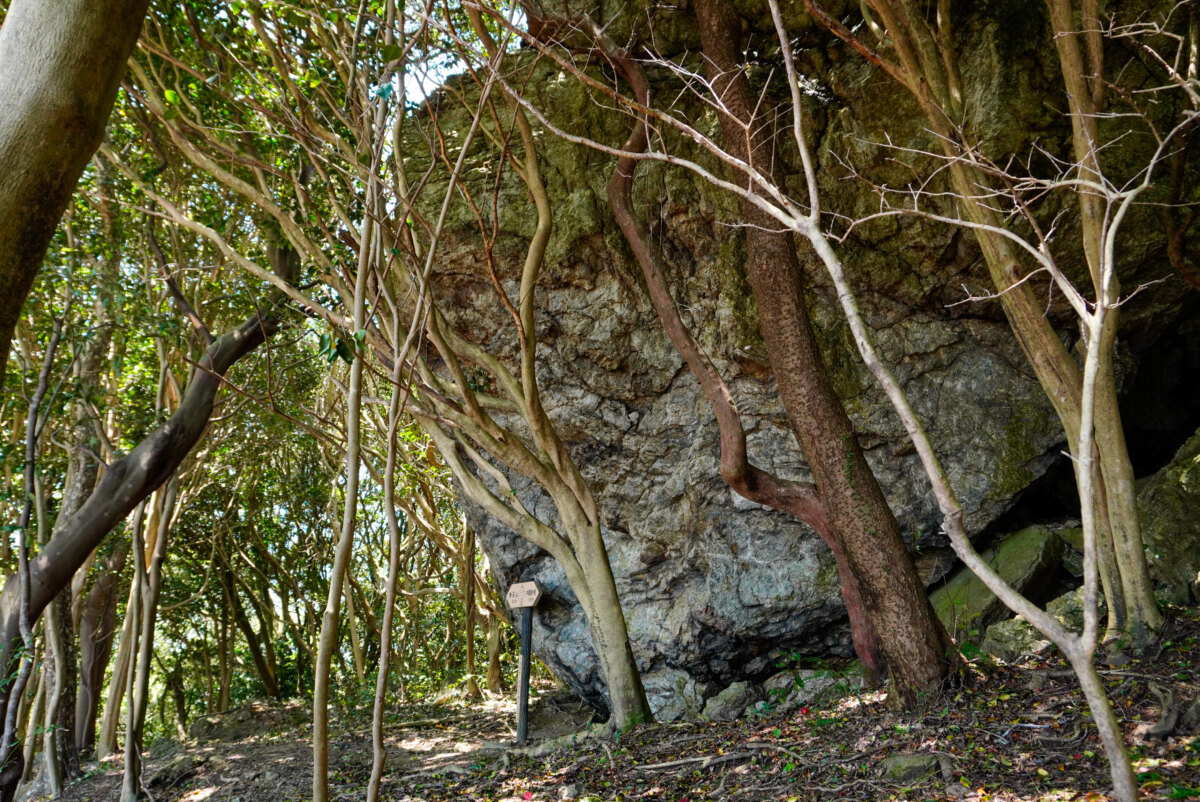
It’s true that you want to run in when it rains.
Rocks formed over many years.
It can also be said to be the head of the dyke that forms this mountain range.
In fact, you can even go inside the rock ◎
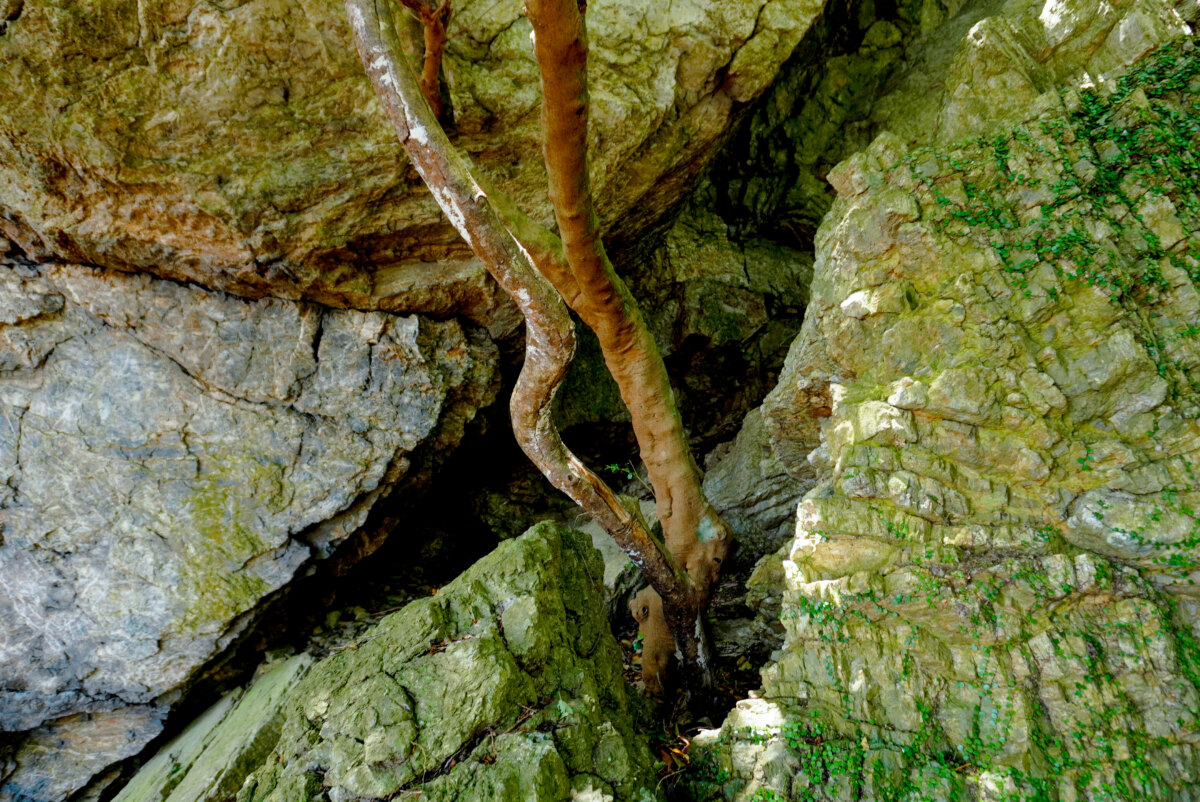
We crawled through the rocks to take shelter from the rain and headed to the “paradise” we were told about!
About Paradise, Grandpas”There are stones piled up at the entrance!”That’s what I was told.
I wonder if such a place exists…?
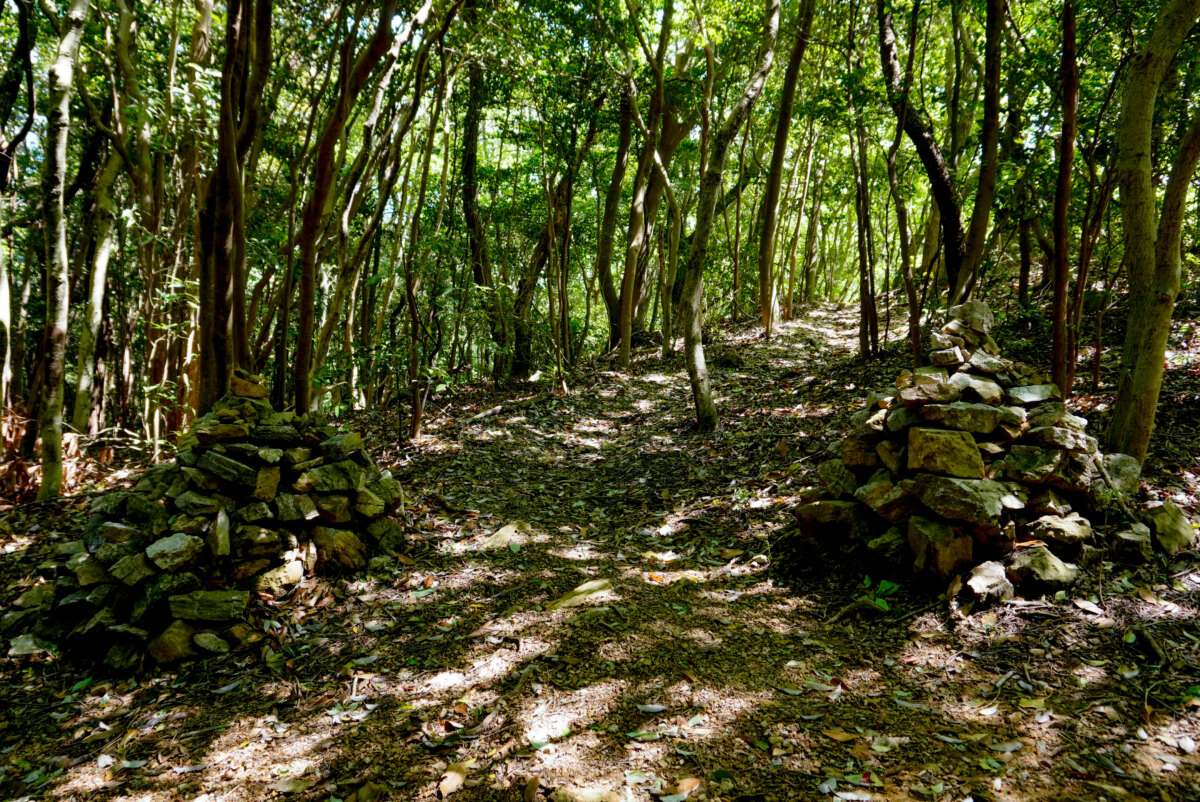
It appeared right in front of my eyes! lol
This is the entrance to paradise ◎
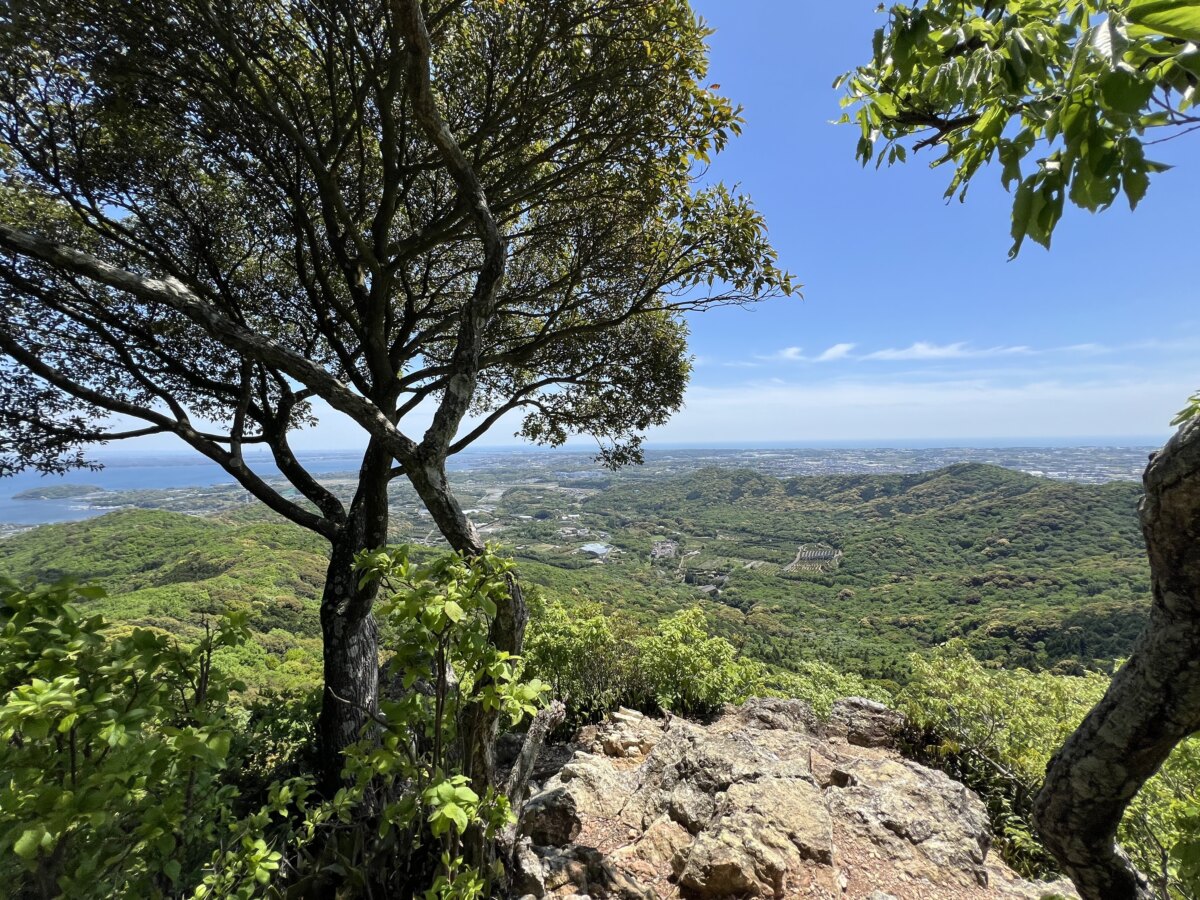
As you proceed, you will see a spectacular view of Lake Hamana!
The scenery was even more beautiful than that of Mt. Jinishi, and there were no obstacles in the way, making this spot feel like a hidden gem.With few people around, I was able to relax and enjoy some time to myself.
There’s a feeling of exhilaration that will wash away all the fatigue you’ve experienced up until that point.
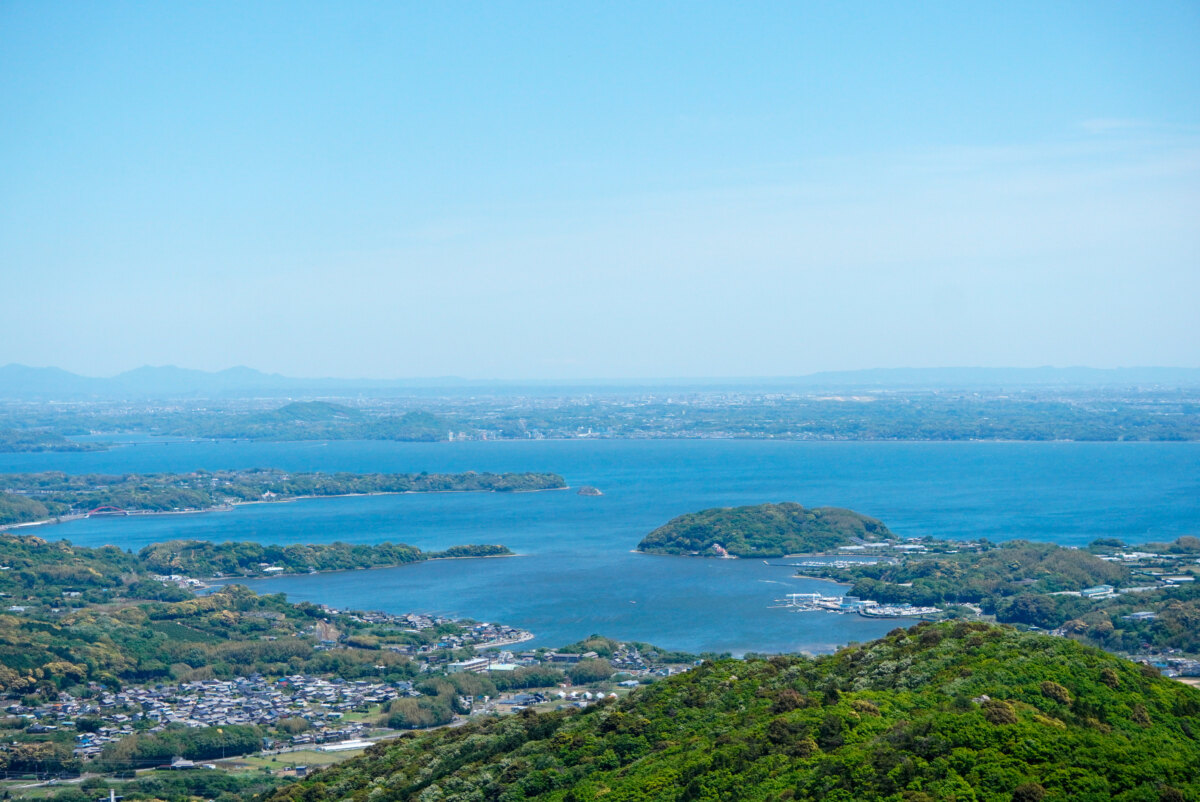
This time’s course ended here and we followed the original route and descended the mountain in about an hour ◎
We were blessed with good weather and it was a great trek!
A companion for mountain climbing!
Why not try using the Kosai Mountains hiking map?
Download here
How was it?
Its majestic scenery and diverse topography attract nature lovers and adventurous climbers.
The mountains in this region have captivated the hearts of many mountain climbers with their spectacular scenery.
At sunrise and sunset, the beautiful scenery that looks like a painting unfolds, and the mountain climbers are moved by the sight, providing visitors with an opportunity to refresh their bodies and minds.
Enjoy an unforgettable adventure while enjoying the beautiful scenery and challenging trails.
